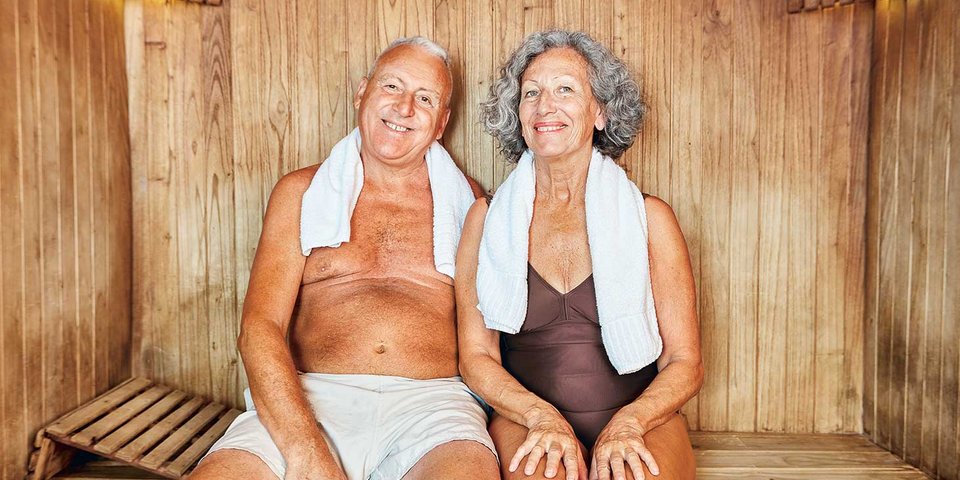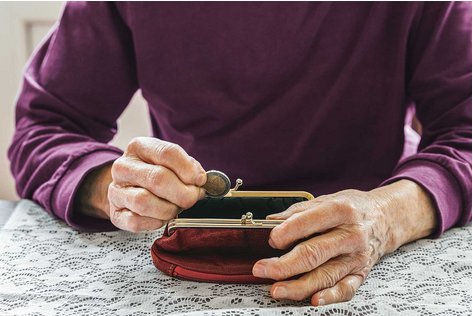 ©Robert Kneschke - stock.adobe.com
©Robert Kneschke - stock.adobe.com
Pension Insurance
ed* Nr. 02/2019 – Chapter 2
a) Finland
In Finland, the pension insurance system is built on three pillars. It comprises a pay-as-you-go statutory pension scheme, the state pension and, as a final safeguard, the guaranteed minimum pension. Statutory pension insurance is organised on a decentralised basis and is provided by private institutions. All workers and the self-employed are insured.
Since 1993, workers’ contributions have been paid by both the employee and the employer. The worker’s share of the contribution is fixed at 6.75 percent (2019) and 8.25 percent (for people aged 53 to 62). The employer’s contribution varies depending on the ‘performance’ of the individual insurance schemes. In the private sector, the average is
17.75 percent. A person’s entire earnings are insured
without an upper limit. Certain non-contributory periods are financed from the state budget. This includes periods for raising a child. This covers a period of two years, which is less than in Germany. It is also reimbursed less than
in Germany: one year spent raising a child increases the pension by about twelve euros.
Unlike Germany, there is no fixed statutory retirement age for old-age pensions in Finland. Instead, there is a ‘corridor’ between the minimum age (currently 63.5) and the maximum age (68) which allows for more flexibility. There
is also an adjustment mechanism that ensures retirement age is linked to life expectancy in the future.
Disability pensions are paid differently, depending on the degree of disability. A partial pension is paid at 40 percent reduced capacity and full pension at 60 percent (2019). There are lower thresholds for people aged over 60. In addition, there is the state pension and the guaranteed minimum pension, which are paid by Kela, the Social Insurance Institution of Finland.
The latter are paid (as a supplement) if a person has not acquired any entitlements or only very few. The amount of
the state pension depends on marital status. Singles are entitled to €628.85 per month. Married or cohabiting persons are entitled to €557.79 per month. The guaranteed minimum pension ensures that each person has a minimum income of €784.52 per month (figures for 2019).
b) Croatia
Croatian pension insurance is based on three pillars: statutory pension insurance, compulsory private pension insurance and voluntary private pension insurance.
Statutory pension insurance is a pay-as-you-go system but is subsidised by tax subsidies (over 40 percent of costs), which cover pension benefits for certain groups of persons (such as the military, police, the judiciary). Insured persons are solely responsible for making their contributions
of 20 percent. If necessary, this is split into 15 percent for the first pillar and 5 percent for the second. In principle, statutory pension insurance covers
all workers, including the self-employed. Non-standard forms of work are also covered if they are subject to income tax. Jobs in particularly dangerous occupations are calculated at up to 150 percent of actual time worked.

A person must have made at least 15 years of contributions to be entitled to an old-age pension. Starting in 2028, the retirement age will be gradually raised to 67 for all people. As it currently stands, a person can retire early at the age of 60 if they have made contributions for at least 35 years. The pension is reduced if you retire early and increased if you postpone retirement. Reductions are 0.3 percent per month with a maximum of 18 percent; supplements are 0.34 percent per month with a maximum of 20.4 percent. A person who has had 41 years of pension insurance can retire at the age of 60 without any penalties.
If all other requirements are met, mothers with their own or adopted children are credited an additional six months per child to their insurance periods. Notwithstanding this, insurance is compulsory during parental leave in the first year of a child’s life.
Croatia has both full and partial disability pensions. In addition, persons with reduced earning capacity must have been at least one third insured since the age of 20. Pension entitlements are reviewed every three years.
The pension insurance system is also responsible for cases of reduced earning capacity due to an accident at work or an occupational disease. The Croatian formula for calculating pensions is comparable to the German one. The pension is supplemented by an amount of 27 percent for periods in which contributions were made exclusively to the first pillar, or 20.5 percent for periods in which contributions were also made to the second pillar. The minimum pension entitlement depends on the number of years of insurance.
There are survivors’ pensions for widows and widowers as well as orphans. Under certain conditions, parents and cohabiting partners may also be entitled to a survivor’s pension.


